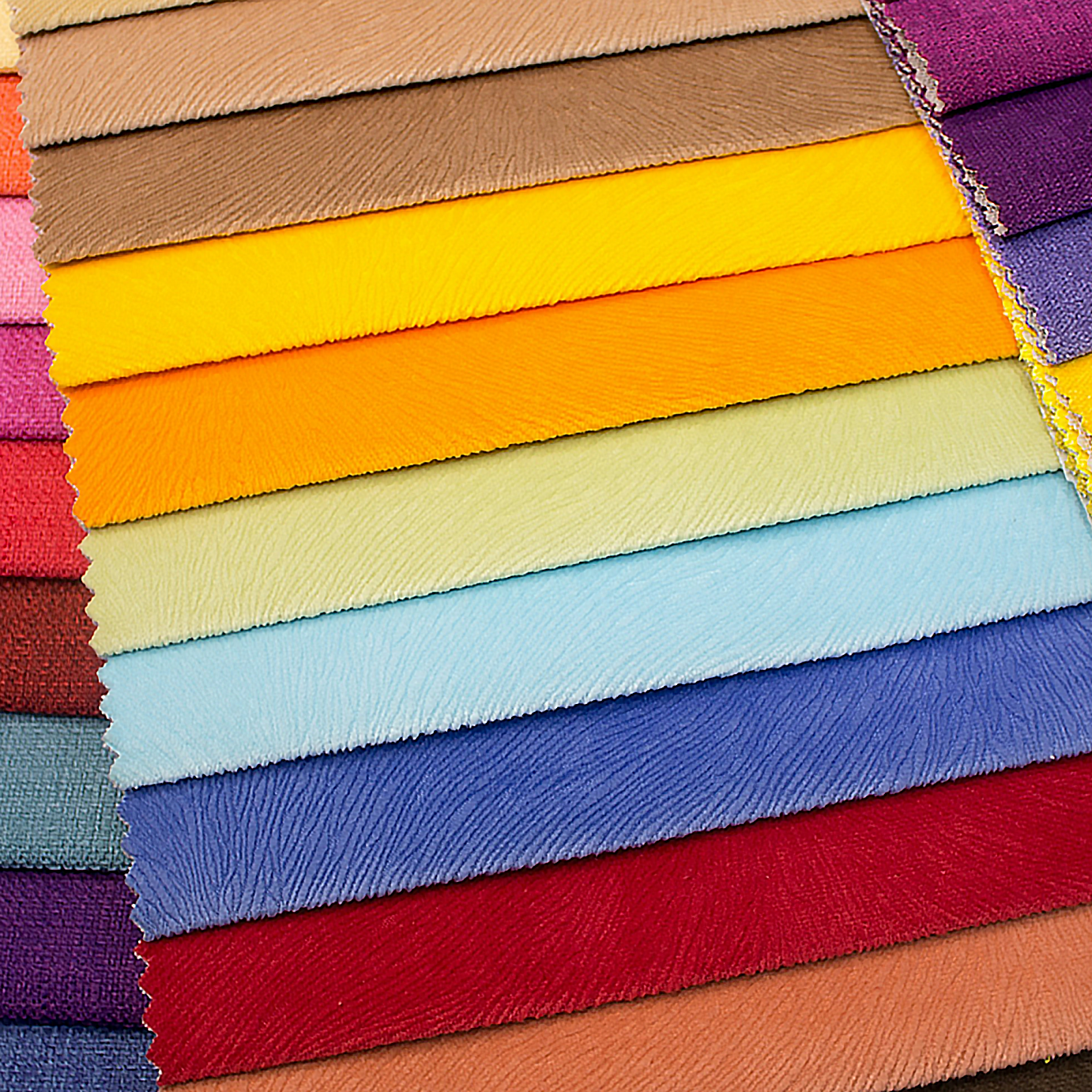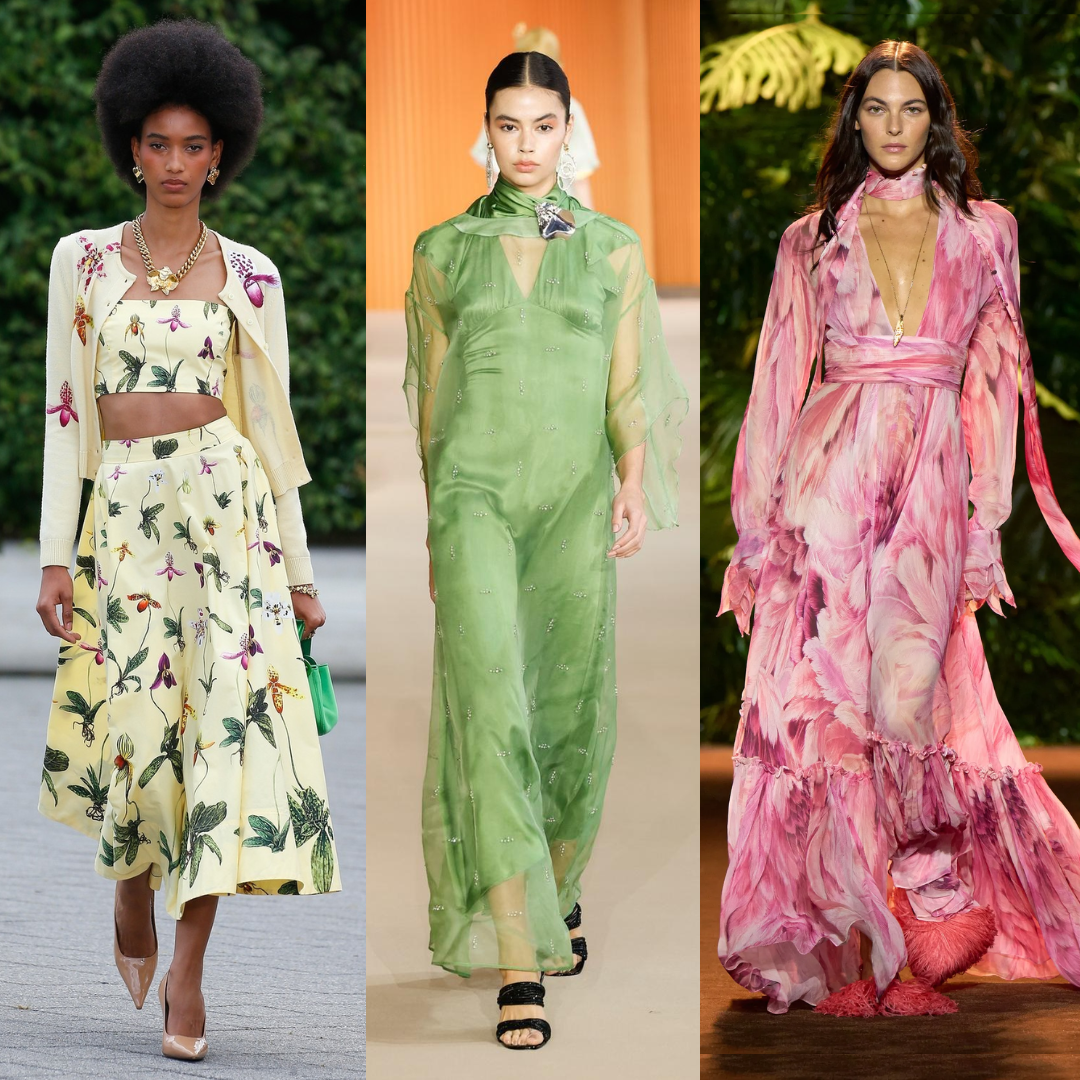With both velvet and velveteen fabrics boasting a soft texture and beautiful colors, velvet vs velveteen can be difficult to distinguish at a glance. Here are a few unique details that could completely change the result of your project.
Our guide will explain the properties of velvet vs velveteen so you can choose the best fabric for your vision.
What is velvet?
Velvet is a sumptuous woven fabric with a history dating back to the 13th century, likely crafted by ancient Chinese artisans. This fabric requires two layers woven together with a second warp thread, resulting in the thick and squishy texture it’s known for.
There are two main ways to cut velvet fabric – pile up or pile down. Pile-up velvet reflects less light and has a deep, rich color that many artisans crave. However, applying any pressure leaves a mark. A pile-down velvet doesn’t have the same richness of color yet leaves fewer marks when touched.
What is velvet often used for?
Velvet has been an incredibly popular material for curtains, couches, pillows, bags, dresses, and hats. That said, some artisans take things further and use velvet for less conventional items like one-of-a-kind wall art and handmade earrings.
One of the most popular forms of velvet is crushed velvet, well-known for its dappled and sparkly finish.
What are the challenges of using velvet?
Since velvet is thick and sensitive to the touch, you need to cut the material carefully to maintain its appearance. You need to cut velvet by the yard in the same direction to avoid irregularities.
Likewise, velvet should be steamed instead of ironed to avoid damaging its soft, plush texture. It’s not enough to buy high-quality velvet fabric by the yard – you must consistently take good care of it.
What is velveteen?
While velveteen is soft and pleasant like velvet, its main difference is its woven loops and pile. Velveteen uses a shorter nap with woven loops, resulting in a smoother and matte finish.
Since velveteen isn’t quite as thick and shiny as velvet, its different texture and appearance give it a distinct appeal. Many artists lean toward velveteen when they want a more uniform and structured appearance to their creations.
What is velveteen often used for?
Since velveteen is a little stiffer and sturdier than velvet, it’s well-suited for items that experience more wear-and-tear like children’s clothes, upholstery, and children’s toys. This material is so popular, you may already be familiar with it through the famous children’s book ‘The Velveteen Rabbit’.
What are the challenges of using velveteen?
While you may think you need to handle velveteen completely differently than velvet, they share some similarities. You also have to cut velveteen in the same direction to ensure your result has consistent color, shape, and texture.
The main characteristics of velvet vs velveteen
Now for a little review! Velvet fabric is plush, thick, and has a noticeable sheen that lends well to sophisticated and creative craft works. If you enjoy creating fashion, furniture, or accessories, you’ll get a lot of mileage by learning how to work within velvet’s limitations.
However, velveteen may be a better choice if you plan on creating items that will experience regular handling, or you don’t want to maintain as carefully.

The advantages and disadvantages of velvet
Let’s first take a look at the advantages and disadvantages of using velvet fabric.
Advantages:
● Velvet by the yard is shimmery, plush, and incredibly elegant. It’s the go-to material for beautiful curtains, old-fashioned furniture, and artful dresses.
● When you're properly maintaining the fabric, velvet can retain its incredible color and delicate texture for many decades.
● Velvet’s vibrant colors and distinctive sheen make it easy to pair with other fabrics, splashy patterns, and unique materials. It lends itself well to contrast either in color or texture.
Disadvantages:
● Using any type of velvet by yard requires ongoing maintenance to keep its shiny and rich appearance. This fabric easily attracts dust, pet hair, and dirt.
● If stained, velvet is difficult to clean. It also tends to fade from ongoing sunlight exposure.
The advantages and disadvantages of velveteen:
Thinking of using velveteen instead? Let’s break down the pros and cons first.
Advantages:
● If you want a more subtle, matte finish, velveteen will do the trick. Its simpler appearance can add a sturdy base to let more lavish patterns, textures, or colors shine.
● For artists who want to create items that hold up to more activity, velveteen is distinctively more durable than velvet. Its lower pile means it won’t show fingerprints or scuffs as noticeably as velvet.
Disadvantages:
● For artists craving a shimmery result, velveteen may be disappointing. It’s more uniform and has little to no visible texture.
● Similarly, velveteen is more stiff and doesn’t have the same draping capabilities as a velvet creation.
Wondering where to buy velvet for your next dress, pillow, or mixed-media project?
Where can I buy velvet fabric by the yard?
We offer a diverse selection of velvet fabrics for you to browse at Zelouf Fabrics. Visit our online store to explore different colors, patterns, and embellishments. From crushed velvet fabric, to apparel friendly stretch velvet, or this option in a heavier weight velvet fabric by the yard, we are committed to making sure your project is as beautiful as can be.
FAQ
Is velveteen cheaper than velvet?
Since velveteen is often made from cotton, it is generally cheaper than velvet, but synthetic velvet like what is found at Zelouf Fabrics is typically vastly less expensive.
Which fabric is better for upholstery?
Velvet is better for upholstery as it is a stronger fabric that holds up to wear and frequent use.
Can I wash velvet fabric at home?
Of course! Machine wash cold. Use gentle detergent and never use bleach. Tumble dry using low heat. Do not wring. and remove immediately.




 HEAVY STRETCH VELVET | 423
HEAVY STRETCH VELVET | 423  CRUSHED STRETCH VELVET | 23824
CRUSHED STRETCH VELVET | 23824  DISCO DOT STRETCH VELVET | 446
DISCO DOT STRETCH VELVET | 446 
